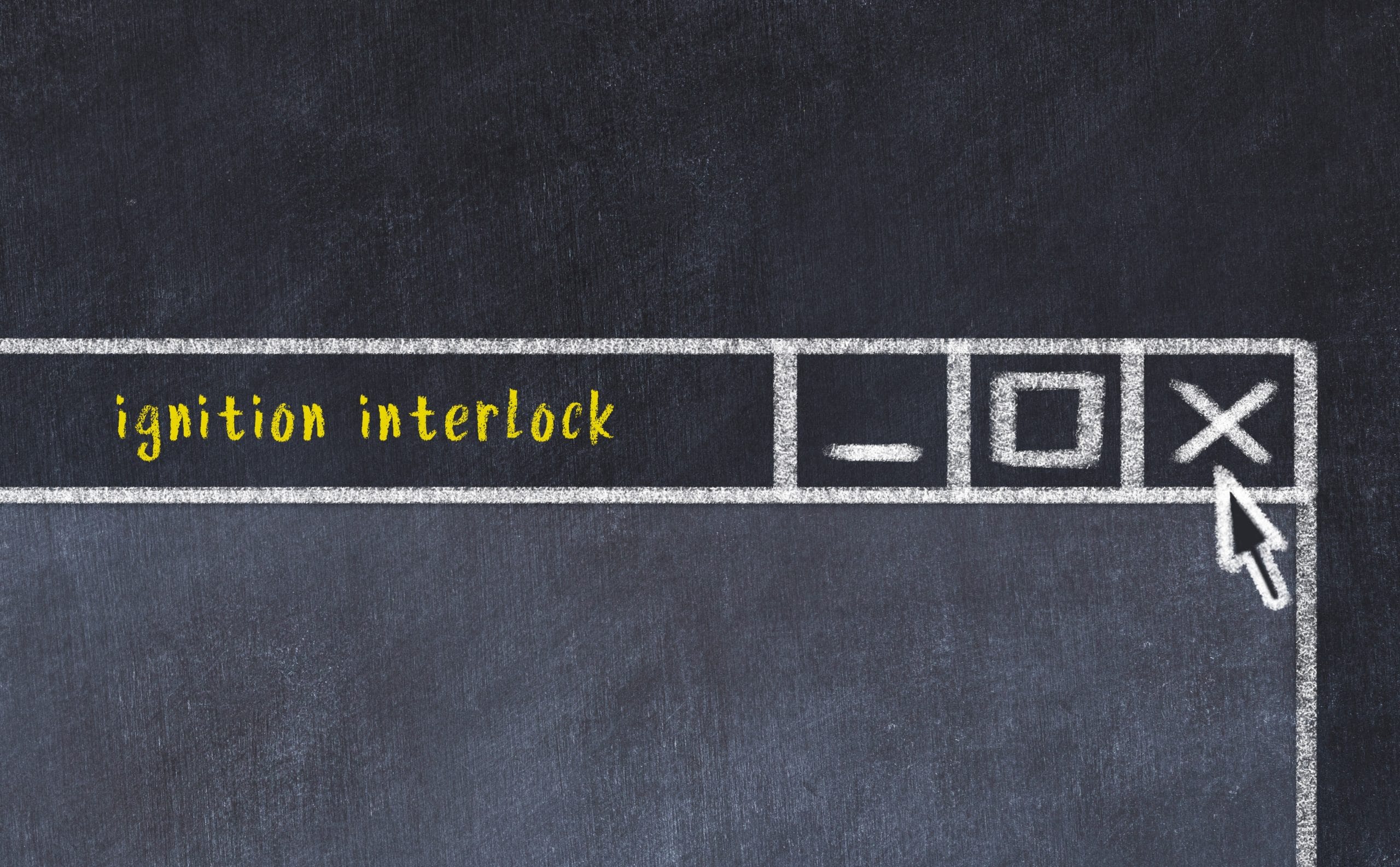Is a previous DUI reasonable suspicion? Almost 2 years ago an officer pulled me over…
Understanding Ignition Interlock Devices and How They Work

Ignition Interlock Devices
If you or anyone you know has been arrested for DUI (driving under the influence), one of the first things you’ll have to understand is IIDs, or ignition interlock devices. All states in the U.S. implement some form of IID law, with the District of Columbia and 28 states requiring ignition interlock provisions for all DUI and alcohol-related offenses. Interlock devices are created to prevent drivers from driving drunk, especially after being convicted of DUI.
Alcohol-sensing devices first came into the spotlight in 1969 when Borg-Warner Corp. created its performance-based interlock. Years later, a New Jersey student came up with a breathalyzer-based interlock device schematic for an innovation competition in 1981. Two years later, a Limerick student built a working prototype of the device. Such devices eventually became popular throughout the 80s.
Here in the United States, model guidelines for ignition interlock devices were first recommended by the National Highway Traffic Safety Administrations in 2013 as a requirement for first-time DUI offenders. So, you must learn everything that you can about the ignition interlock device.
What is an IID? Ignition Interlock Devices
An ignition interlock device is a handheld breathalyzer device for cars. Also known as BAIID, or breath alcohol ignition interlock device, it is attached to a vehicle’s ignition near the driver’s seat and is intended for DUI offenders.
- The IID works like an electric monitor. It can tell if a driver consumed alcohol before getting into the car.
- If a DUI-convicted driver has multiple cars, each of them gets an IID installed. In some states, including Kansas, an IID is installed alongside an electronic log device.
- An interlock device is a small handheld unit that comes with a mouthpiece and a cord. The device is connected to the ignition through its cord. It is battery-powered.
- Offenders and their families are allowed to purchase ignition interlock devices only from qualified service centers and providers. Drivers or customers are not permitted to hold or handle the IID; their providers are the ones that install it on the vehicle.
How Do Ignition Interlock Devices (IID) Work?
Ignition interlock devices measure a driver’s BAC, or breath/blood alcohol concentration. If they detect alcohol in the driver’s breath, the engine won’t start, so driving will be impossible. IIDs are designed to determine if the BAC is over the legal limit, which varies from state to state. For example, in Kansas, if an IID detects a blood alcohol concentration of.08 g/mL or more, a motorist won’t be able to use his vehicle.
IIDs are not only used to determine DUI-convicted drivers’ BAC, but they are also utilized to track the motorists’ activities, so any violation is recorded. Additionally, these devices take breath tests throughout every trip to ensure that the drivers’ are alcohol-free for the duration of the drive.
Although repeat DUI offenders are mainly the ones required to install IIDs, judges in some states are now allowed to use interlock devices as probation conditions. Also, several states implement IID installation for first-time DUI offenders.
In some cases, interlock devices are used as physical deterrents and preventive measures for individuals suffering from alcohol use disorder (or alcoholism) and those with positive chemical blood alcohol tests.
How the Breath Test is Done?
Before a motorist can drive, he has to blow into the mouthpiece of the IID. Most ignition interlock devices have alcohol-specific fuel cells that act as sensors. These sensors are responsible for measuring and converting the electric current it generates into the equivalent alcohol reading.
Zero tolerance is implemented in most U.S. states, so if the breathalyzer reflects a BAC over the legal limit, then the driver will face the consequences of his actions.
Ignition Interlock Devices Breath Alcohol Test Methods
There are three methods used for testing breath alcohol levels: straight blow, blow-inhale-blow, and blow and hum.
- The straight blow method is not as accurate as other methods and is difficult to use mainly because drivers need to exert extreme efforts when breathing into the device.
- Blow-inhale-blow is the most common and accurate method. It requires drivers to blow into the mouthpiece for a couple of seconds without taking their mouths off the device. Then they inhale and blow into the device again.
- The blow-and-hum method requires drivers to blow and hum into the IID’s mouthpiece. It sometimes causes lockouts unintentionally. It’s also a little inconvenient and challenging to master.
Knowing all the essential details of ignition interlock devices is good, but getting in touch with an experienced DUI lawyer is better. Going through the legal process will not be as scary and challenging as you first thought it would be with a professional guiding you.
About the Author
Lauren McDowell is the Content Marketing Strategist for Interlock Install, a Phoenix-based company that performs the installations, service appointments, and removals for ADS Interlock. When not writing, she attends book clubs and enjoys reading stories to her kids.

